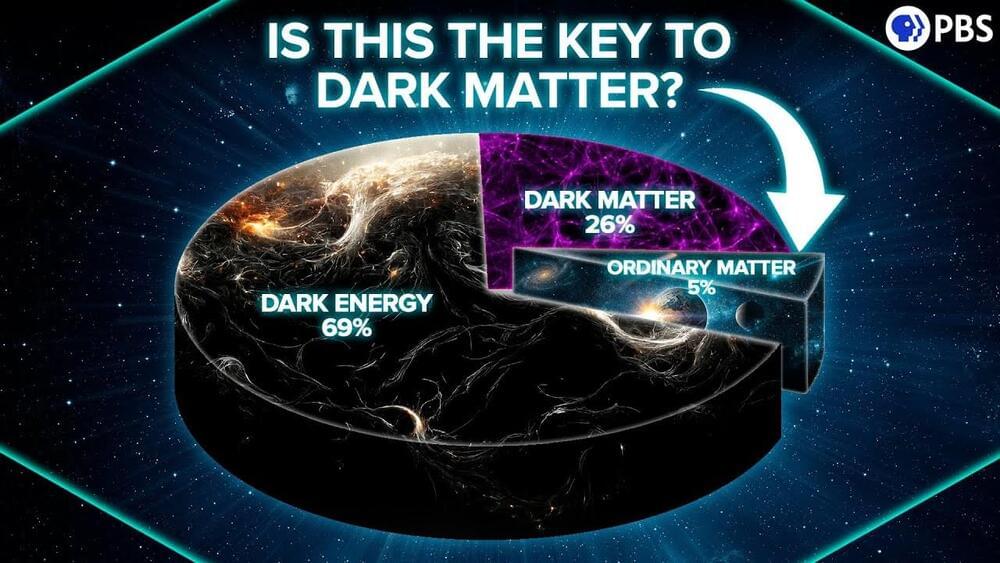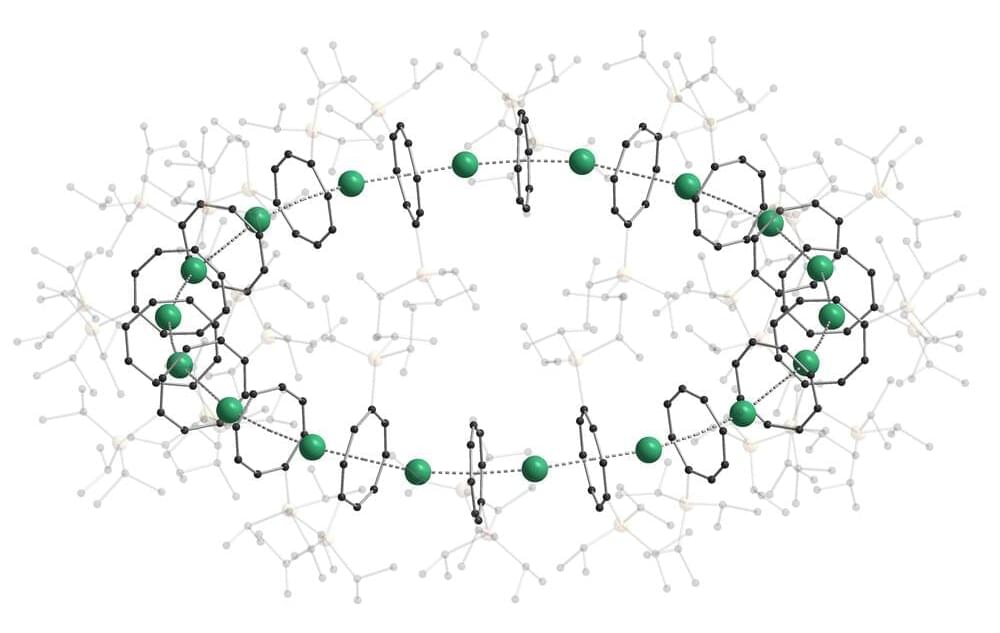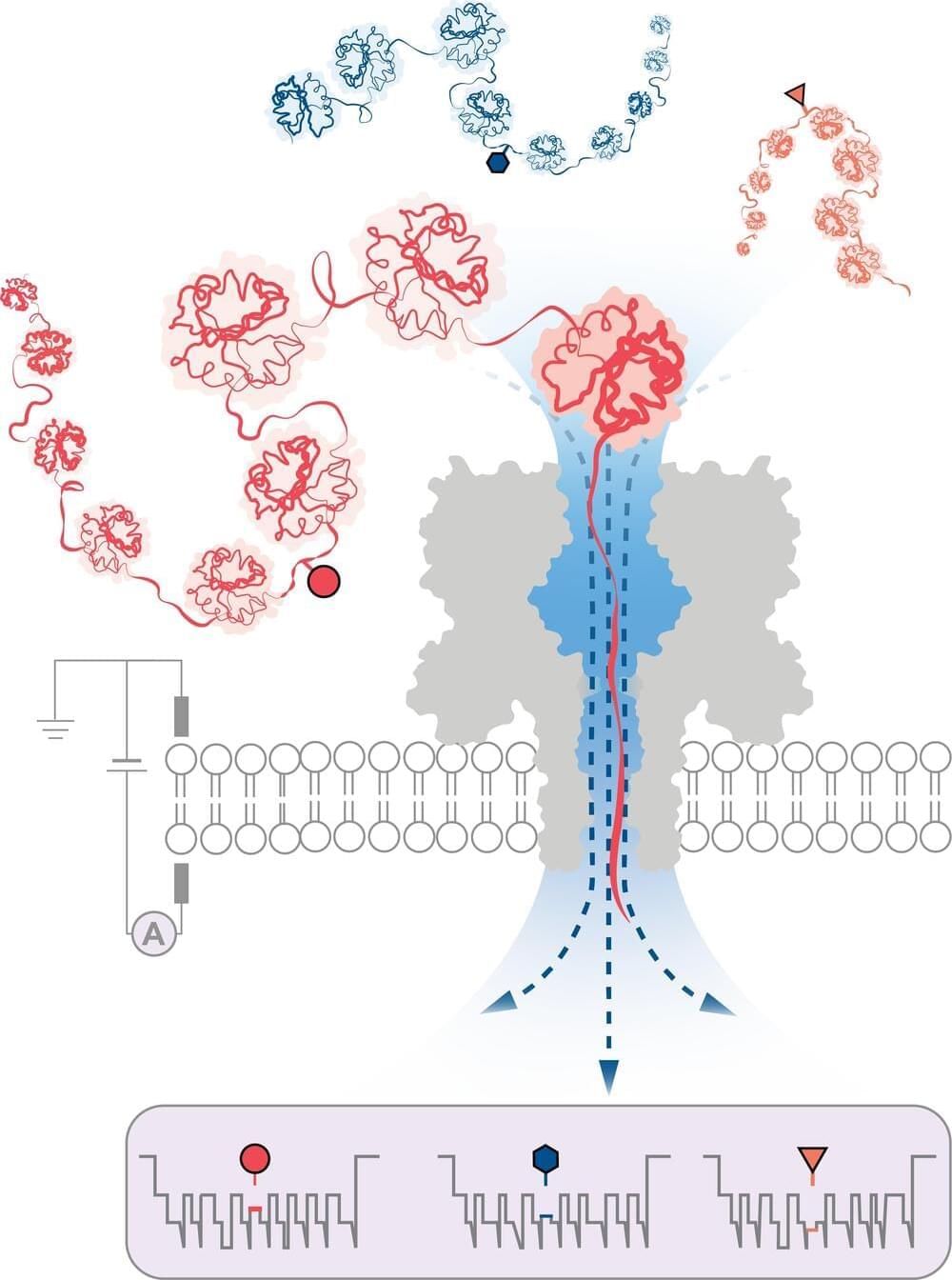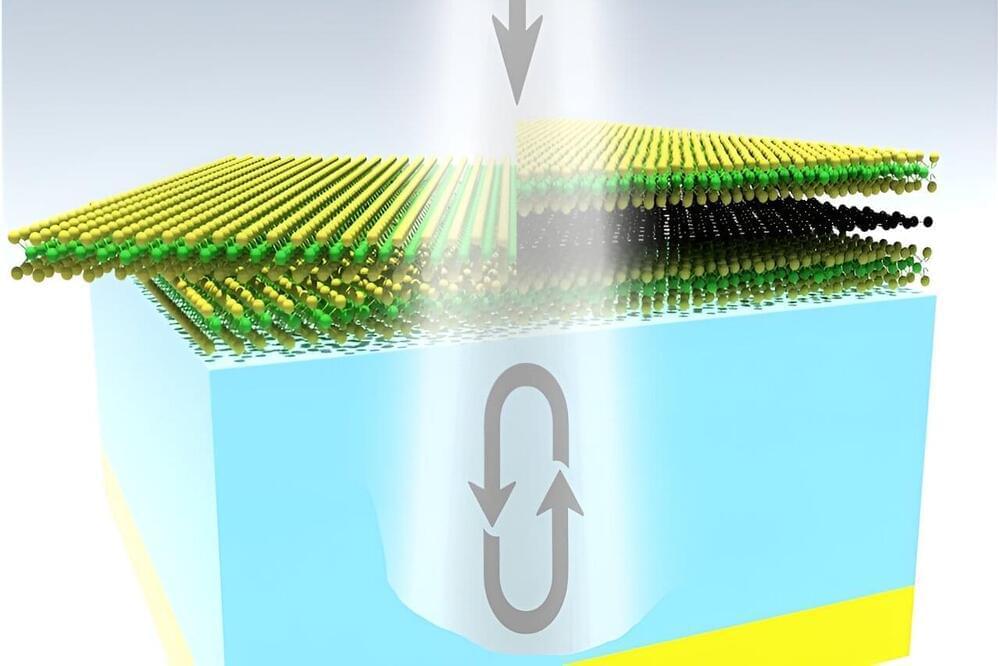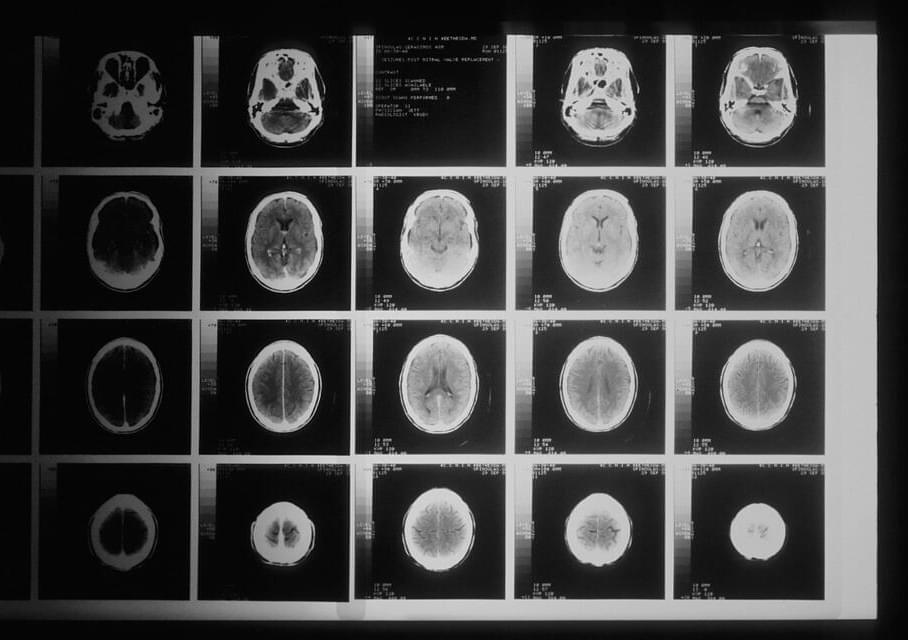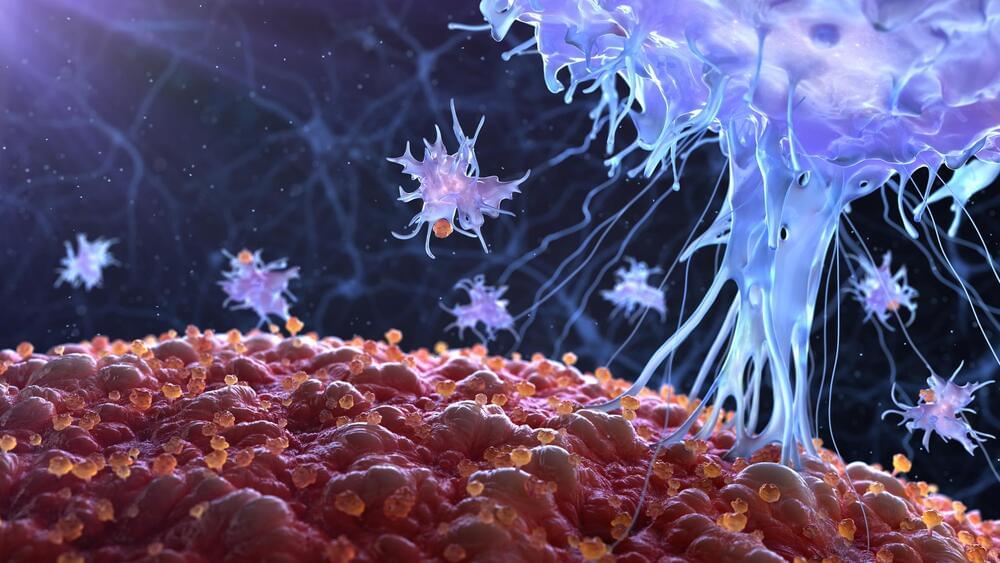Japanese Prime Minister Fumio Kishida warned of Russia’s nuclear threat and reaffirmed a pledge to work to make the world free of nuclear weapons in a speech marking 78 years since the atomic bomb fell on Hiroshima on Sunday. “As the only country to have experienced the horror of nuclear devastation in war, Japan will press on tirelessly with its efforts to bring about ‘a world without nuclear weapons,’” Kishida said in remarks delivered in Hiroshima, in a tribute to the victims, their families and those still suffering aftereffects of the bomb.
PBS Member Stations rely on viewers like you. To support your local station, go to: http://to.pbs.org/DonateSPACE
Sign Up on Patreon to get access to the Space Time Discord!
https://www.patreon.com/pbsspacetime.
We have no idea what dark matter is, other than it’s some source of gravity that is completely invisible but exerts way more pull that all of the regular matter. More than all of the stars, all of the gas, all of the black holes…unless dark matter is black holes, then black holes are most of everything. Dark matter constitutes 80% or so of the mass in the universe, which means even our Milky Way galaxy is mostly a vast ball of dark matter that happens to have attracted a relative sprinkling of baryons—atoms in the form of gas, which lit up as starry glitter spinning in the middle of this invisible gravitational well.
Check out the Space Time Merch Store.
Sandwich compounds are special chemical compounds used as basic building blocks in organometallic chemistry. So far, their structure has always been linear.
Recently, researchers of Karlsruhe Institute of Technology (KIT) and the University of Marburg were the first to make stacked sandwich complexes form a nano-sized ring. Physical and other properties of these cyclocene structures will now be further investigated. The researchers report their findings in Nature.
Sandwich complexes were developed about 70 years ago and have a sandwich-like structure. Two flat aromatic organic rings (the “slices of bread”) are filled with a single, central metal atom in between. Like the slices of bread, both rings are arranged in parallel. Adding further layers of “bread” and “filling” produces triple or multiple sandwiches.
A team of scientists led by the University of Oxford have achieved a significant breakthrough in detecting modifications on protein structures. The method, published in Nature Nanotechnology, employs innovative nanopore technology to identify structural variations at the single-molecule level, even deep within long protein chains.
Human cells contain approximately 20,000 protein-encoding genes. However, the actual number of proteins observed in cells is far greater, with over 1,000,000 different structures known. These variants are generated through a process known as post-translational modification (PTM), which occurs after a protein has been transcribed from DNA.
PTM introduces structural changes such as the addition of chemical groups or carbohydrate chains to the individual amino acids that make up proteins. This results in hundreds of possible variations for the same protein chain.
A University of Minnesota-led team has, for the first time, engineered an atomically thin material that can absorb nearly 100% of light at room temperature, a discovery that could improve a wide range of applications from optical communications to stealth technology. Their paper has been published in Nature Communications.
Materials that absorb nearly all of the incident light —meaning not a lot of light passes through or reflects off of them—are valuable for applications that involve detecting or controlling light.
“Optical communications are used in basically everything we do,” said Steven Koester, a professor in the College of Science and Engineering and a senior author of the paper. “The internet, for example, has optical detectors connecting fiber optic links. This research has the potential to allow these optical communications to be done at higher speeds and with greater efficiency.”
DEAR MAYO CLINIC: I’ve heard about several people who have experienced sudden cardiac arrest. What is cardiac arrest? And how is it different from a heart attack? What do you do for someone who has this condition?
ANSWER: Cardiac arrest, or sudden cardiac arrest as it is more formally known, is a medical emergency. Think of it as a problem with the heart’s electrical activity. This synchronized electrical activity allows the heart to fill and pump blood normally. Sudden cardiac arrest can happen unexpectedly and quickly, and the heart stops working. It’s not the same as a heart attack, but it is just as critical that treatment occurs rapidly.
Cardiac arrest is when the heart cannot fulfill its duties, such as pumping oxygenated blood around the body to reach critical areas such as the brain and the rest of the body. It is sometimes called “sudden” because it seems to happen without warning. A person suddenly loses all heart activity, stops breathing and becomes unconscious. Without immediate treatment, sudden cardiac arrest can lead to death.
Researchers at Uppsala university have developed a new method to find mutations in brain tumors in children. They also showed that the mutations change how cancer cells respond to a cancer drug. These findings could lead to better diagnostics and more individualized treatment of children with brain tumors. The study is published in the journal Proceedings of the National Academy of Sciences.
Medulloblastoma is the most common malignant brain tumor in children. It usually develops in the cerebellum and although modern treatment has improved the prognosis so that more than 70% of patients now live more than five years, not all patients can be cured. The aggressive cancer treatment also causes severe side effects such as balance problems and impaired learning abilities in cancer survivors.
Numerous studies have explored the less than 2% of human DNA that gives rise to proteins, and much less is known about the rest of the genome. In a cancer, such as medulloblastoma, 98% of the mutations thus occur in the less studied part of the genome. There could be thousands of mutations, and it is difficult to separate the ones driving the cancer from those without importance.
STING (short for stimulator of interferon genes) is considered one of the major factors that triggers the immune response in the context of infection, autoimmunity, and cancer. The signaling protein turns on genes involved in cell defense. Now, a team of MIT and Harvard Medical School researchers has discovered that STING can also act as an ion channel that allows protons to leak out of an organelle known as the Golgi body. This makes it the first human immune sensor that can translate danger signals into ion flow.
The findings are published in the journal Science in an article titled, “Human STING is a proton channel.”
“Proton leakage from organelles is a common signal for noncanonical light chain 3B (LC3B) lipidation and inflammasome activation, processes induced upon stimulator of interferon genes (STING) activation,” wrote the researchers. “On the basis of structural analysis, we hypothesized that human STING is a proton channel. Indeed, we found that STING activation induced a pH increase in the Golgi and that STING reconstituted in liposomes enabled transmembrane proton transport.”
A drug that causes animals to grow new teeth is heading to clinical trials. If it proves safe and effective in people, it could one day allow us to regenerate teeth lost to injury, disease, or old age.
The challenge: 17% of Americans will lose all of their teeth by the time they’re 65, and the vast majority of us will lose at least some teeth as we get older.
While dentures or implants can replace these lost teeth, one can feel less-than-natural, and the other requires surgery.
The write in their paper on the invention: “The LK-99 has many possibilities for various applications such as magnet, motor, cable, levitation train, power cable, qubit for a quantum computer, THz Antennas, etc. We believe that our new development will be a brand-new historical event that opens a new era for humankind.”
It’s important to note that while room-temperature superconducting advances may clear some of the scalability hurdles, warm temperatures still impact quantum errors.
That being said, and while scientists are still trying to verify this work, how will it affect quantum computing? If at all?

